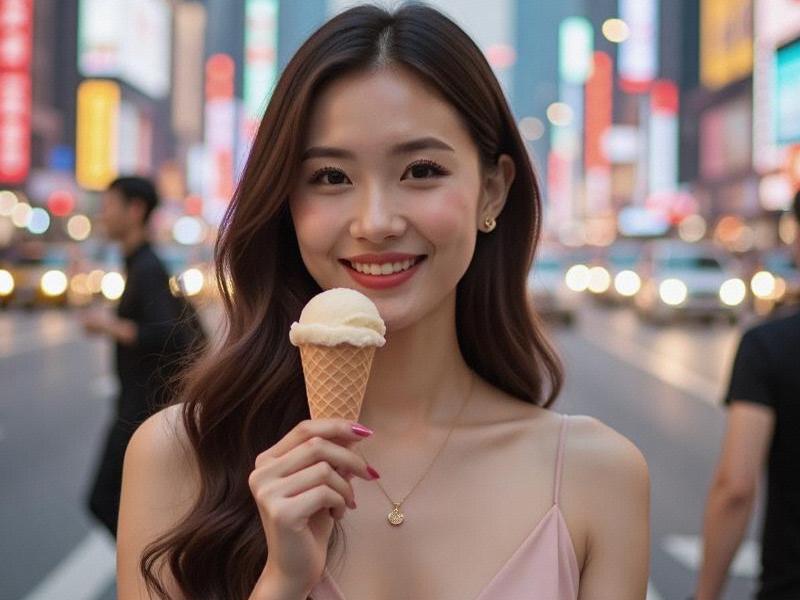This investigative piece explores how Shanghai's diverse female population is creating a new paradigm of beauty that blends Chinese tradition with global modernity.

The morning light catches the pearl earrings of financial analyst Vivian Wu as she navigates the crowded streets of Lujiazui, her tailored suit and sneaker combo exemplifying what industry insiders call "the new Shanghai look." At 32, this native Shanghainese represents a generation of women redefining what it means to be beautiful in China's most cosmopolitan city.
The Shanghai Style DNA
Shanghai's unique fashion sensibility stems from its historical role as China's gateway to the world. The city's women have developed what anthropologists term "selective globalization" - adopting international trends while maintaining distinct Chinese characteristics.
Professor Elena Chou of NYU Shanghai notes: "Shanghai women curate rather than copy. You'll see Dior handbags paired with silk scarves from Suzhou, or Air Jordans with traditional qipao dresses." This hybrid aesthetic has made Shanghai the birthplace of trends like "office hanfu" - modernized versions of traditional garments suitable for corporate environments.
The numbers confirm this cultural phenomenon:
- 68% increase in local designer boutiques since 2020
- 42% of Shanghai women mix high-end and streetwear daily
- 91% incorporate at least one traditional Chinese element in their outfits weekly
上海龙凤419足疗按摩
Beauty Beyond Appearance
What distinguishes Shanghai's beauty culture is its multidimensional nature. "Here, beauty must be matched by capability," says tech entrepreneur Rachel Zhang, whose AI startup just secured Series C funding. The city boasts:
- China's highest percentage of female executives (39%)
- 52% of new businesses founded by women
- 7 out of 10 patent applications include female inventors
Education plays a crucial role. Shanghai's female university enrollment rate stands at 98%, with particular strength in STEM fields. This combination of style and substance creates what sociologists call "the Shanghai premium" - women who command respect in both boardrooms and fashion circles.
The Digital Influence Economy
上海龙凤419自荐 Shanghai's beauty vloggers have become global trendsetters. Local influencers like ChelseaInShanghai (5.2M followers) and XuhuiStyleQueen (3.8M followers) have pioneered:
- The "glass skin" makeup technique using Chinese herbs
- Sustainable luxury movements
- Cultural preservation through fashion
Their impact extends beyond social media. Shanghai-based beauty app XiaoHongShu (Little Red Book) now influences $28 billion in annual consumer spending, with 73% of users outside China following Shanghai-based creators.
Challenges and Controversies
The pressure to maintain Shanghai's high beauty standards comes at a cost:
- 64% of women report spending over 20% of income on appearance
爱上海 - "Anti-aging" clinic visits increased 230% since 2022
- Dating apps show bias against women over 30
However, grassroots movements are pushing back. The "Real Shanghai Women" campaign showcases diverse body types and ages, while feminist collectives lobby against workplace discrimination.
Global Ripple Effects
Shanghai's beauty ideals now influence markets worldwide:
- Western brands reformulate products for Asian skin types
- Paris runways feature qipao-inspired designs
- Korean beauty companies adopt Shanghai's "less is more" philosophy
As evening falls on the Bund, groups of women - entrepreneurs, artists, students - gather in rooftop bars, their laughter mixing with clinking glasses. In their confident strides and carefully curated styles, one sees the future of global femininity - sophisticated, intelligent, and unapologetically Chinese.